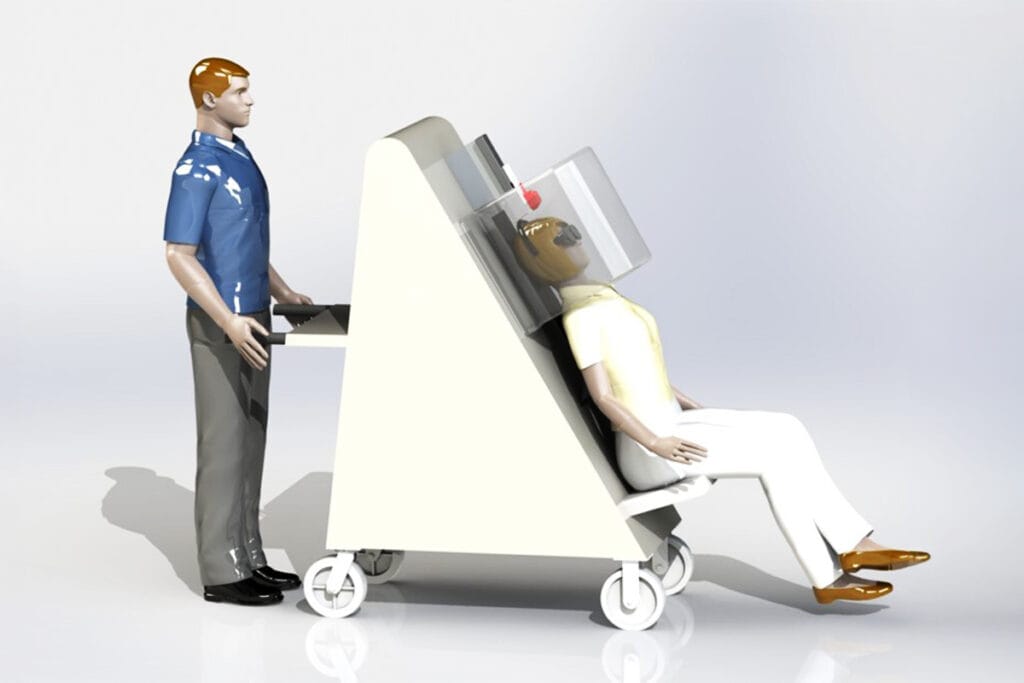[ad_1]
Weill Cornell scientists purpose to enhance early detection of Alzheimer’s by rising accessibility to superior PET mind imaging expertise.
Researchers at Weill Cornell Medicine have obtained a five-year, $6.2 million grant from the Nationwide Institute on Getting old to develop a sophisticated, moveable mind scanner designed to allow Alzheimer’s illness detection at an earlier stage. The initiative goals to construct a scanner that may journey to medical facilities missing cutting-edge mind imaging expertise, rising accessibility to superior diagnostic instruments for numerous affected person populations. [1]
Positron Emission Tomography (PET) scans have been a crucial methodology for producing three-dimensional photographs of the mind and measuring the focus of particular molecules. This expertise permits researchers to determine biomarkers, resembling beta-amyloid plaques and tau proteins, that are key indicators of Alzheimer’s illness.
The scanning course of includes injecting a radioactive tracer into the bloodstream, which then concentrates in goal tissues and emits detectable indicators that kind photographs. Nonetheless, conventional PET scanners should not moveable and face limitations, together with poor spatial decision that compromises picture high quality and prevents dependable, quantitative evaluation of important biomarkers.
The Weill Cornell workforce hopes to handle these limitations by means of the event of a conveyable “upright” PET scanner named Prism-PET. The researchers’ proof-of-concept work demonstrated that the expertise may obtain the world’s highest decision scan, able to detecting areas of tracer uptake as small as one millimeter – considerably outperforming present industrial scanners.
The event of the brand new scanner stems from a collaboration between Dr Amir H. Goldan, an affiliate professor {of electrical} engineering in radiology at Weill Cornell Medication, and Dr Gloria Chiang, director of the Mind Well being Imaging Institute. Their work focuses on utilizing Prism-PET to picture tau tangles within the transentorhinal cortex, a area essential for reminiscence, navigation, and time notion, and one of many first areas affected by Alzheimer’s, even earlier than cognitive signs come up.
“The transentorhinal cortex is only some millimeters in measurement and might be extremely troublesome to precisely picture with standard PET scanners, even with extremely particular tau PET tracers,” mentioned Chiang.
The workforce can also be working to reinforce imaging strategies, notably enhancing movement compensation strategies to reduce picture blurring from affected person motion.
The compact design of the brand new PET scanner reduces the necessity for devoted imaging areas in healthcare amenities, making it possible for neighborhood hospitals. Moreover, the potential for mobility means the scanner may very well be integrated into autos, providing imaging providers to underserved areas.
“We will transfer it to medical facilities which may not have superior mind imaging, enabling us to offer the highest-level care to extra numerous populations,” mentioned Goldan.
The researchers additionally hope to handle the rising want for early Alzheimer’s prognosis, as early detection enhances the effectiveness of accessible therapies. The FDA’s latest approval of lecanemab, for instance, has elevated the demand for correct mind imaging. The therapy targets amyloid plaques to gradual Alzheimer’s development, however requires affirmation of amyloid presence, which might be confirmed through a PET scan.
“Our general aim is two-fold – having the very best efficiency mind PET scanner out there, whereas additionally addressing its accessibility and portability to serve the neighborhood,” added Goldan. “The sooner you may diagnose Alzheimer’s illness, the higher the probabilities of remedy being efficient.”
[1] Grant to Develop Portable PET Scanner for Alzheimer’s Disease
{Photograph}: Goldan Lab
[ad_2]
Source link




